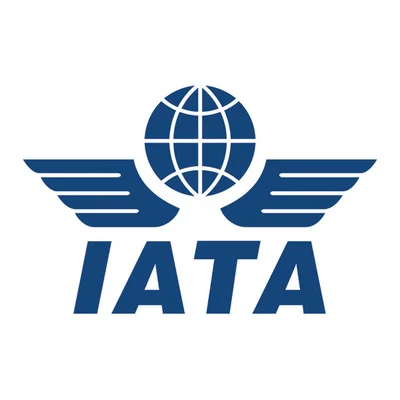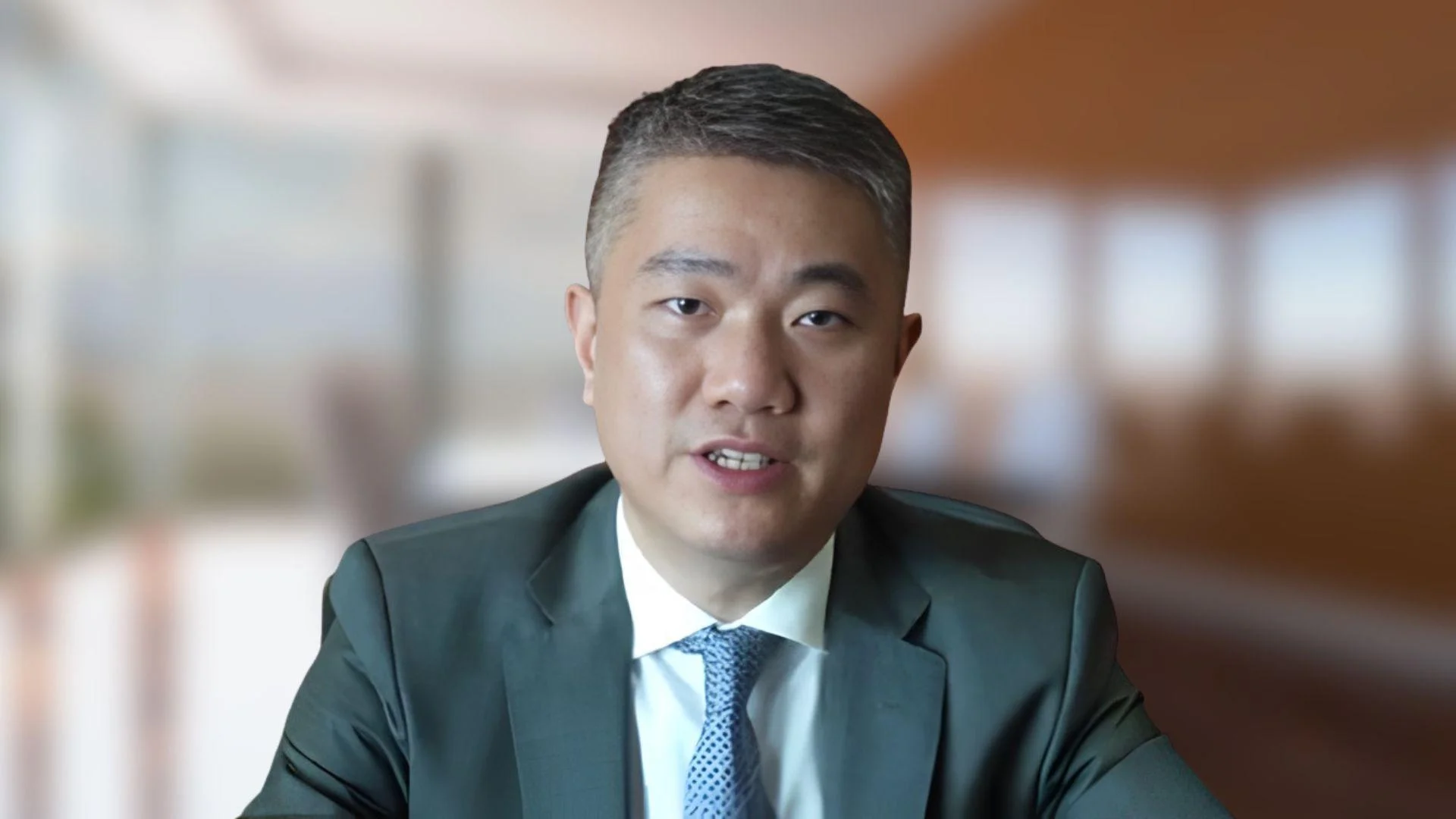The improved Airbus A330neo made its first flight in October 2017 and entered service in December 2018. The new Rolls-Royce Trent 7000 engines are among several enhancements distinguishing these models from their predecessors.
As of October 2024, seven out of twelve ordered Airbus A330-800 aircraft have been delivered. Meanwhile, out of 344 ordered Airbus A330-900 planes, 137 have been delivered. Some airlines that have opted for the less popular variant include Air Greenland, Kuwait Airways, Uganda Airlines, and Garuda Indonesia.
A key factor contributing to this trend is that most airlines prefer additional passenger capacity over a slight increase in range offered by the smaller variant. The larger model already matches or exceeds ranges provided by previous versions such as those found on older models like -200 or -300 configurations within its class size category – making further extension unnecessary unless specifically required by certain routes flown regularly across various regions worldwide today.
Operating costs also play a crucial role; Leeham News analysis shows per-seat cost savings up around thirteen percent when comparing these two different types directly against each other under similar conditions experienced during regular commercial operations globally nowadays too!
Furthermore - timing matters significantly here since Boeing launched development efforts back early last decade before debuting their latest generation widebody jetliner design (the now-famous Dreamliner) which ultimately saw introduction late fall season following year prior decade commencing full-scale production ramp-up phase shortly thereafter leading widespread adoption industry-wide almost immediately thereafter without hesitation whatsoever given perceived advantages held relative competitors' offerings available market space time frame considered critical juncture evolution aviation sector overall historically speaking contextually analyzed retrospectively looking back upon events transpired thus far...
This head start allowed many existing operators using older versions decide switch allegiance favor newer alternative instead thereby reducing potential sales opportunities left remaining open airbus consequently impacting negatively resulting situation whereby relatively few orders placed specific model discussed herein article namely aforementioned lesser-known option discussed above previously mentioned paragraph(s).
"Unfortunately," Hawaiian Airlines CEO Peter Ingram told Business Insider regarding decision-making process involved selecting between competing products ultimately settling upon rival manufacturer's solution due concerns surrounding viability long-term prospects associated particular choice made end day despite initial intentions otherwise planned originally outset journey undertaken explore possibilities presented themselves along way throughout course deliberations conducted internally organization level basis comprehensive evaluation criteria established beforehand determine best fit needs requirements outlined stakeholders involved process entirety:
"the lack of orders for [Airbus] -800 opened us up having competition look widebody platform going into decade."
 Alerts Sign-up
Alerts Sign-up





































